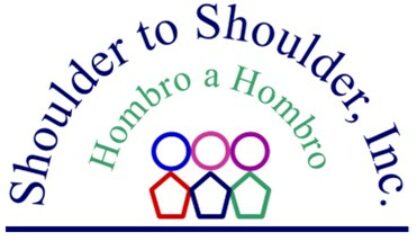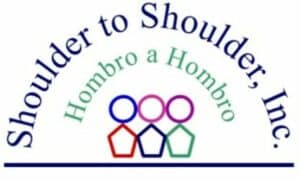

What does an ancient Chinese game called Tangram, the First Unitarian Church of Rochester, the University of Rochester, and thirty primary school educators have to do with sustainable development in the rural, isolated communities of San Marcos de la Sierra? Everything.
No one knows how many millennia ago the game Tangram was invented. Its genius is its simplicity coupled with its enduring applicability as a paradigm for life and learning. Seven geometric shapes — five isosceles triangles of three distinct sizes, one square, and a rhomboid or a parallelogram — are cut from a large square. Putting them back together is the first challenge. It sounds easy enough, but it is a brain squeezer without a diagram. Even with the diagram, it takes extraordinary concentration. The rebuilding of the square is the first, and simplest, task. There are thousands of geodesic designs of animals, persons, flowers, etc. that can be created by re-arranging the seven pieces. This game, this simplistically profound art form, is being employed as a motivational learning tool in a wide swath of disciplines and enterprises. Primarily, it is being employed as curriculum in primary, secondary, and university level educational institutions.
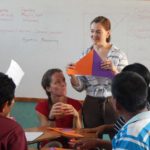
It teaches plane geometry. At the surface level, this is obviously true. But, subtlety, it teaches so much more. It teaches relational play between logic and creativity. It demonstrates spatial relationships and the use of symbol and design in making connections and communication. It unites logic, mathematics, and art to self-expression and self-understanding. The builder builds and at the same time the builder is built. This all happens on an individual level. When the dynamic of simple design creation is placed into a collaborative, team model, a great deal more is discovered. Some recognize their talents for thinking and problem solving. Others realize gifts for organizational skills. Yet another finds support as a motivator, a team builder. The articulate spokesperson, the story-teller, emerges from the group. As the simple game requires the rearrangement of the seven tiles into a cohesion, so too the players take note of their unique shape and how they fit into the whole. Besides all that, it’s fun.
Or at least I was having fun. I and Laura, about thirty primary school educators, a number of medical residents, doctors, and medical students from the University of Rochester brigade, and three or four translators packed into a small classroom to play Tangram. The First Unitarian Church of Rochester had developed the curriculum to share with the teachers. The church has been developing curriculum, teaching teachers, providing educational materials and supplies, and sponsoring students’ education for many years. The First Unitarian Church, the University of Rochester, and the people and associations in San Jose are all pieces of the Tangram puzzle. In relating one to another, they begin to discover their unique shapes and roles, and how they fit. The design they are creating might be called sustainable development.
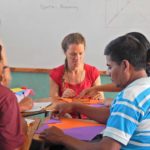
As I sat there playing the game, getting to know the teachers, brigade members, and translators, I thought of how utterly different these persons are. Some speak English, some Spanish, and a few both. Their cultures and environments are divergent, almost to the point of being exclusive. They don’t look alike. I doubt that they think alike. They have little by the way of shared references. How do they come together? Isn’t it our sameness, our commonality, that binds us one to another? But then again, a square doesn’t look like a triangle. A rhomboid is after all only a deformed rectangle. But putting these pieces together leads to discovery and creativity. That which didn’t seem to fit, fits extraordinarily. And the discovery of that fit yields harmonious beauty.
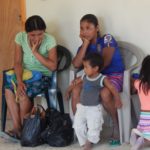
The University of Rochester brigade has been in San José, San Marcos de la Sierra, Intibucá, Honduras for the past two weeks. More importantly, they have been there for the past decade. Apart from the medical brigade work that they offer so generously, their development projects are building a Tangram of sustainable development. Micro-financing, micro-business, clean and reliable sources of water, nutrition, health care, and education are a few of the pieces of the Tangram. They bring people and resources to the community of San José who are perhaps of a different shape. But they find a good fit. The people of San José have found their fit as well. Divergent shapes find a unique means to mesh into a creative beauty.
When we build together, we are built. That which we create sustains us and empowers us. We overcome that which impoverishes us. We are enriched by our commitment one to another.
Read more at:
University of Rochester, San José Partners, initiatives: http://www.sanjosepartners.org/who-we-are/initiatives
The First Unitarian Church of Rochester, Honduras Partnership: http://rochesterunitarian.org/ministries/social-justice/honduras-partnership/

